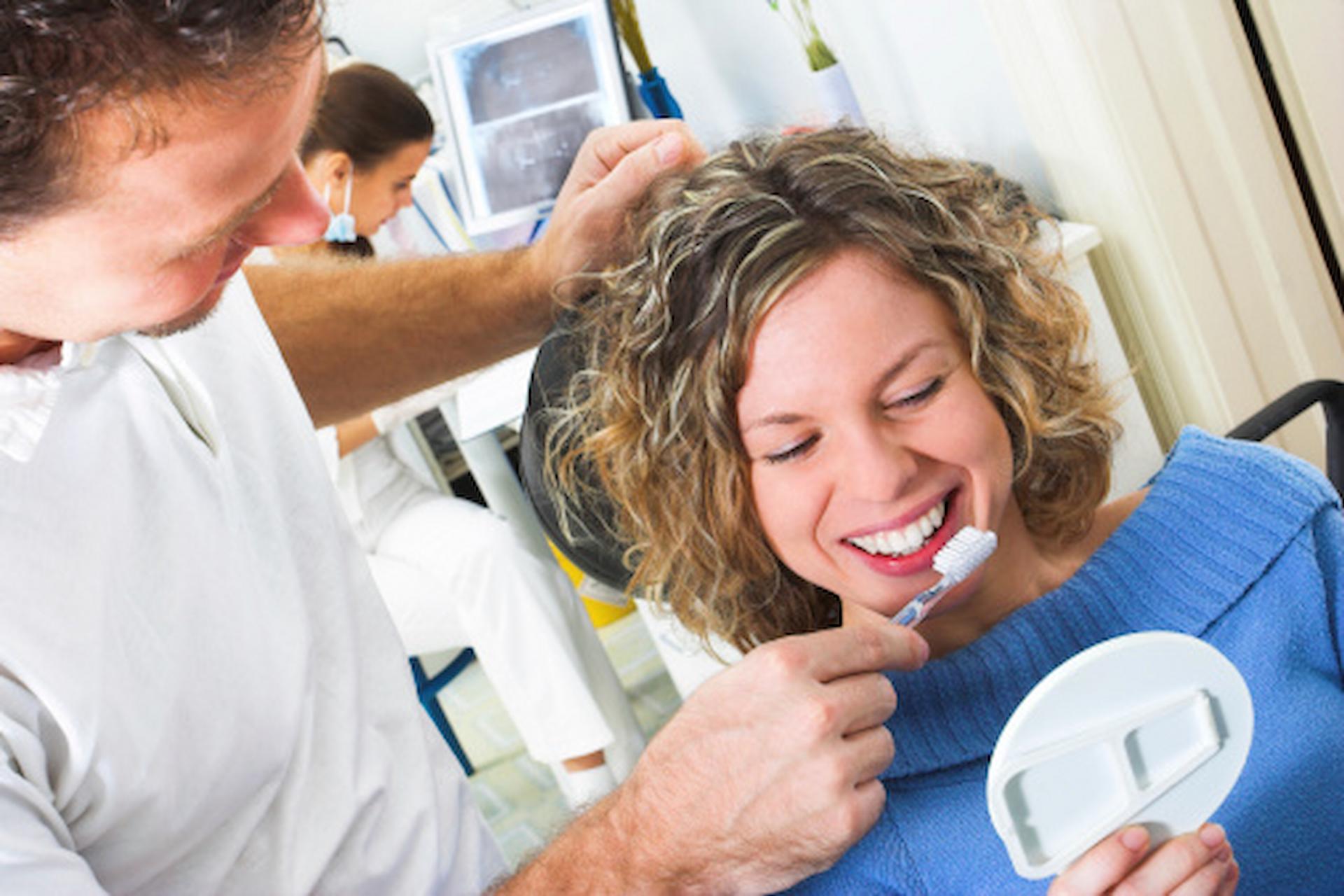It’s a fact more and more people today are living healthier lives. They’re exercising, eating a well-balanced diet, and seeking preventative medicine to help prevent disease and illness. This is exactly why Oximeters were created, an essential product in your home that makes a significant difference in helping you increase your health and wellbeing daily.
With the help of this article, you’ll know exactly how they work and can make the right decision if you need to purchase one.
What are Oximeters?
An oximeter is a device that measures the oxygen level in your blood. The oximeter is used by doctors to monitor the oxygen levels in their patients. It can also be used by patients themselves to check their own blood oxygen levels.
This health care product is available in two forms: handheld and disposable. The handheld form does not require any batteries and can be used for several days, even weeks at a time. The disposable form requires batteries and must be replaced after each use.
Should I buy a pulse oximeter?
The pulse oximeter is one of the most popular items in our glove box. It’s small and portable, it’s easy to use, and it’s relatively inexpensive. But should you buy one?
If you’re looking for a way to track your patient’s oxygen saturation while they’re sleeping, then yes. The pulse oximeter will display the patient’s oxygen saturation on its display screen. You can use this information to determine whether your patient needs more or less oxygen at night. If you’re looking for a way to keep tabs on your patient’s cardiac output (the amount of blood pumped out of the heart each minute), then no, because that information isn’t displayed by the pulse oximeter.
If you want to check on your patients’ oxygenation levels during daytime hours, then yes again. The pulse oximeter can measure both their pulse rate and their oxygen saturation level at any time of day or night. This makes it ideal for monitoring how well your patients are doing at home — or even if they need help with their breathing at night!
How do I use an oximeter?
There are two types of oximeters: pulse oximeters and finger oximeters. A pulse oximeter measures how much oxygen you are getting into your bloodstream based on the amount of time it takes for an electrical signal to travel from one electrode on the ear lobe or fingertip through the electrode on the other ear lobe or fingertip back to the machine with a delay equal to twice your heart rate in milliseconds (bpm). A finger oximeter measures how much oxygen is flowing into your blood based on your pulse rate, usually about 100 beats per minute (bpm).
To test the blood oxygen saturation, you will need a blood pressure cuff and an oximeter.
The blood pressure cuff is used to measure the pressure in your blood vessels. This can be done while you are lying down or sitting up. You can also use it by inflating the cuff with air and then deflating it until it is tight around your arm.
The oximeter is a device that measures the amount of oxygen in your blood. It does this by shining light through a probe attached to your finger or toe, detecting how much light passes through, and measuring that amount of light in millilitres per litre (ml/l).
To begin testing for oxygen saturation, you need to take off your shoes or remove any equipment on your hands like rings or bracelets. You may want to pull up one of your pant legs if it’s long enough so that none of your skin shows through when you put your hand on top of it and measure the pulse rate at that point.
Conclusion
When you’re in the market for a pulse oximeter, you’ll need to know how to choose the right one and whether you’re getting your money’s worth. We’ve broken down all of these considerations here to help you make a better-informed decision that can ultimately lead to a healthier, happier life. After all, a pulse oximeter is only as useful as its accuracy—and if yours isn’t accurate, it might not be worth your money and effort.



